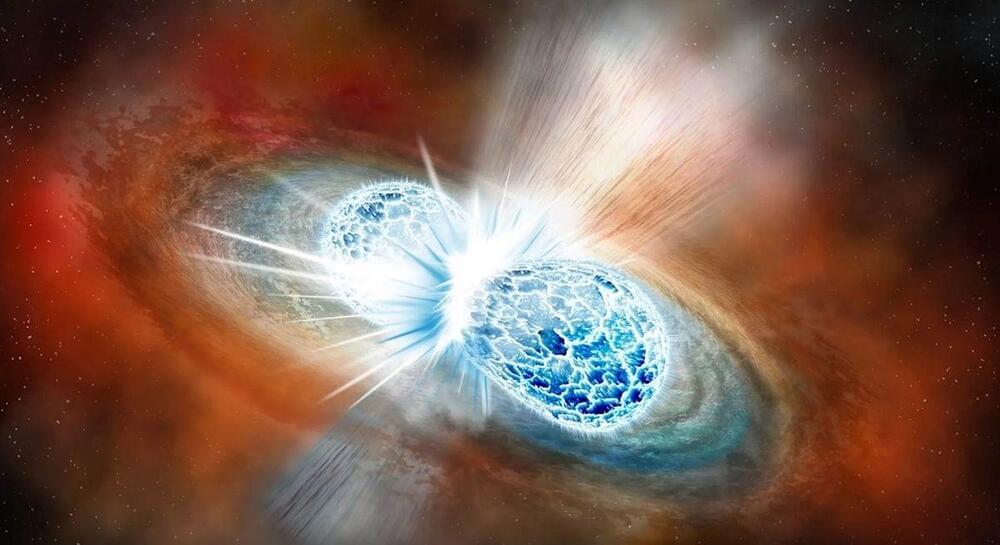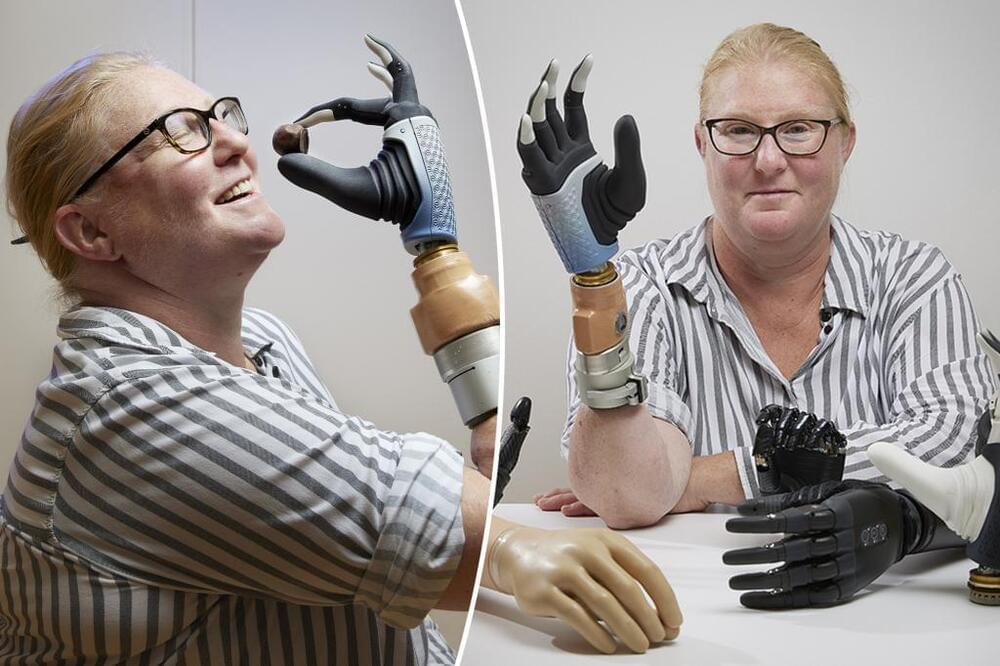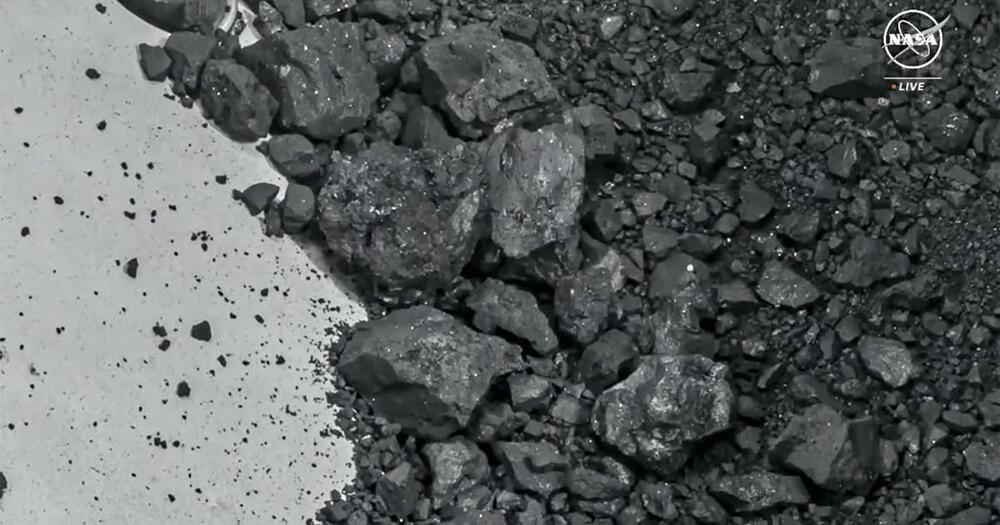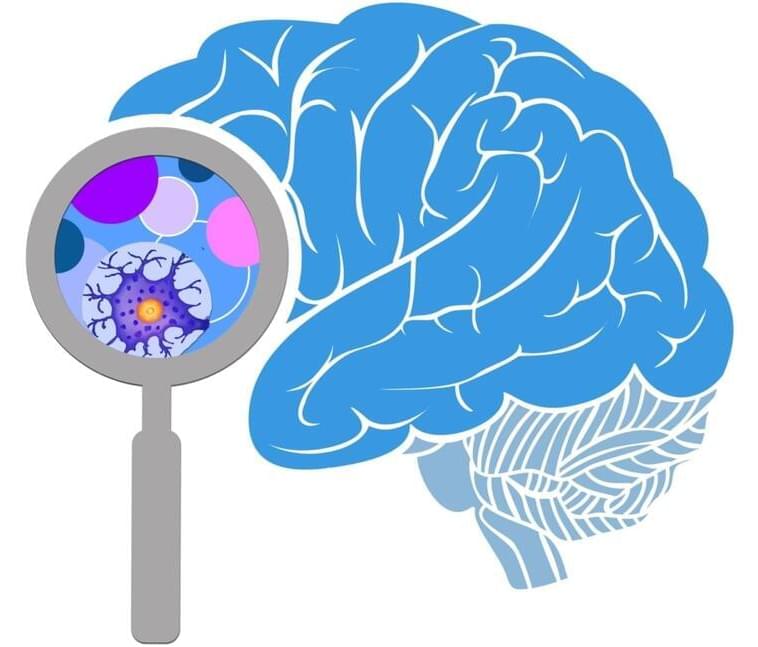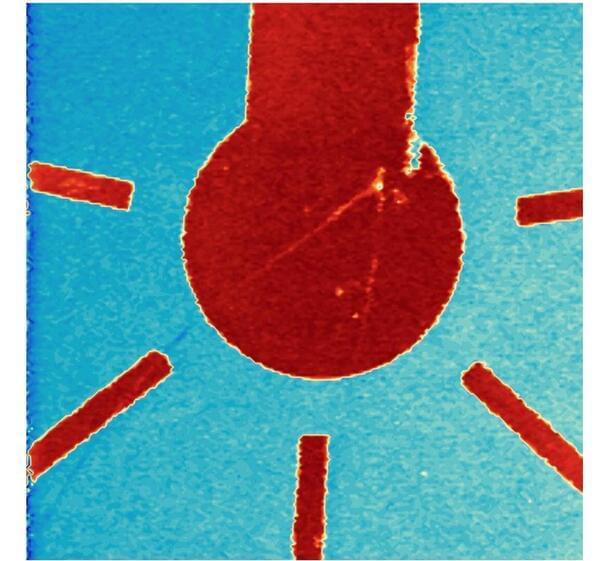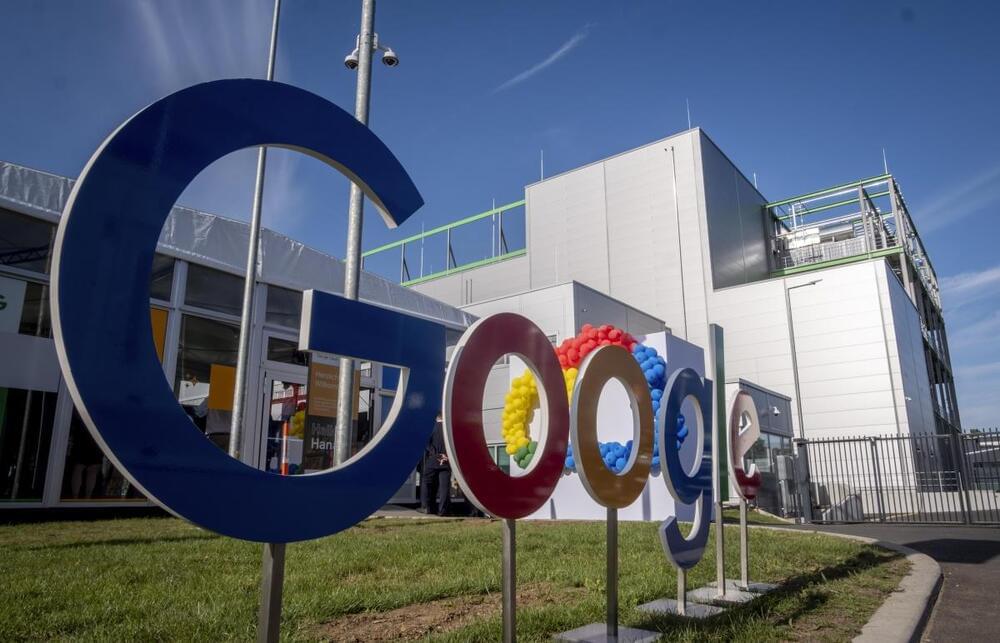For more than a century, researchers have known that people are generally very good at eyeballing quantities of four or fewer items. But performance at sizing up numbers drops markedly — becoming slower and more prone to error — in the face of larger numbers.
Now scientists have discovered why: the human brain uses one mechanism to assess four or fewer items and a different one for when there are five or more. The findings, obtained by recording the neuron activity of 17 human participants, settle a long-standing debate on how the brain estimates how many objects a person sees. The results were published in Nature Human Behaviour on 2 October.
The finding is relevant to the understanding of the nature of thinking, says psychologist Lisa Feigenson, the co-director of the Johns Hopkins University Laboratory for Child Development in Baltimore, Maryland. “Fundamentally, the question is one of mental architecture: what are the building blocks that give rise to human thought?”

